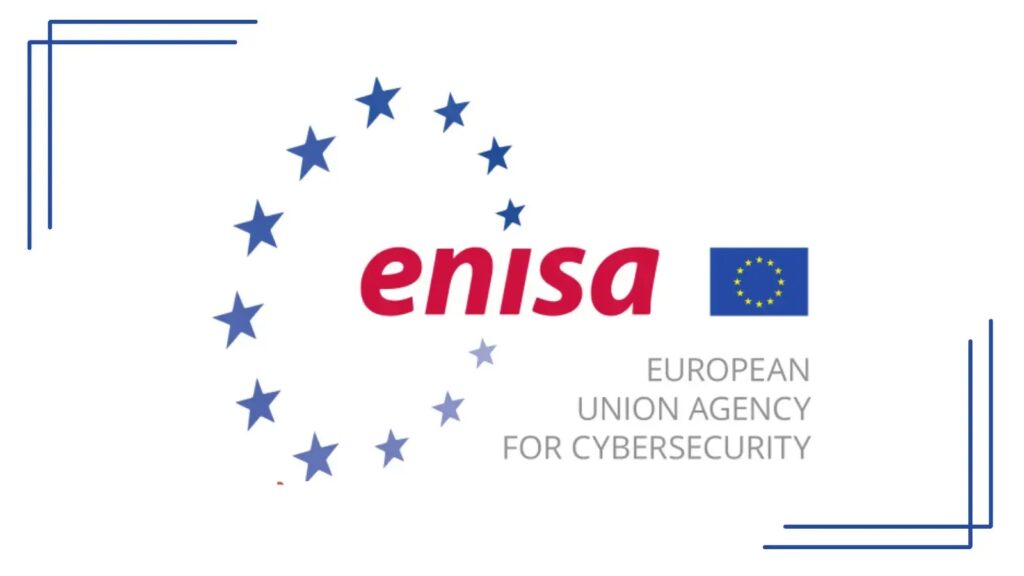The European Union Cybersecurity Agency (ENISA) has published a comprehensive list of the top 10 emerging cybersecurity threats expected to impact the digital environment by 2030.
This forecast is the culmination of an extensive eight-month foresight effort incorporating insights from the ENISA Foresight Expert Group, CSIRTs Network and EU CyCLONe experts.
ENISA Director-General Juhan Lepassard stressed the urgency to address these risks, saying: “We cannot postpone or avoid mitigating future risks.” That's why every insight into the future gives us the best insurance plan. ”
Download your free CISO guide to avoiding your next breach
Are you part of a SOC, network security, or security manager or CSO team? Download Perimeter's guide to learn how cloud-based, unified network security can improve security and reduce TCO .
- Understand the importance of a zero trust strategy
- Complete network security checklist
- See why relying on a traditional VPN is no longer a viable security strategy
- Get suggestions on how to present your transition to cloud-based network security solutions
- Explore the benefits of integrated network security compared to traditional approaches
- Discover tools and technologies to maximize network security
Perimeter 81's cloud-based, unified network security platform allows you to easily adapt to the changing threat landscape.
This exercise highlights the diversity of threats and the evolving nature of today's challenges, which will continue to change in nature over the next decade.
The top 10 threats identified by ENISA are:
- Compromised software dependencies in the supply chain: As systems become more complex and dependent on third-party components, we expect the risk of attacks that exploit these dependencies to increase.
- lack of skills: The cybersecurity industry is facing a critical talent shortage, which is expected to continue into the future, which could lead to even worse security breaches.
- Human error and exploited legacy systems within the cyber-physical ecosystem: Unsecured critical infrastructure and IoT systems pose significant risks, and human error exacerbates the threat.
- Exploiting old unpatched systems: Due to the overwhelming speed of technological advancement, updates can be ignored and systems left vulnerable.
- The rise of digital surveillance authoritarianism/loss of privacy: Advances in surveillance technology threaten personal privacy and data security.
- Cross-border ICT service providers as a single point of failure: Increased dependence on service providers can create significant vulnerabilities if these entities are compromised.
- Advanced disinformation/influence operations (IO) campaigns: Disinformation campaigns are expected to become increasingly sophisticated and have the potential to undermine public trust and cohesion.
- The rise of advanced hybrid threats: Cyber-attacks are becoming more complex and can blend digital and physical security threats in unexpected ways.
- Abuse of AI: Misuse of AI technology can lead to enhanced criminal activity and information manipulation.
- Physical impact of natural/environmental damage on critical digital infrastructure: Natural disasters and environmental changes can directly impact the resilience of digital infrastructure.
ENISA's forward-looking analysis serves as a strategic tool for understanding the evolution of threats and provides policymakers and cybersecurity practitioners with a roadmap to prepare for and mitigate these emerging risks.
The agency's proactive approach aims to strengthen the EU's cybersecurity resilience by raising awareness and promoting action among Member States and stakeholders.
The report's findings aim to spur action and strengthen the EU's preparedness for future cybersecurity challenges.
As the digital environment continues to evolve, ENISA's Foresight Practice emphasizes the importance of continuous vigilance and adaptation to protect against an ever-changing threat environment.
Stay up to date with cybersecurity news, whitepapers, and infographics. Follow us on LinkedIn. twitter.


